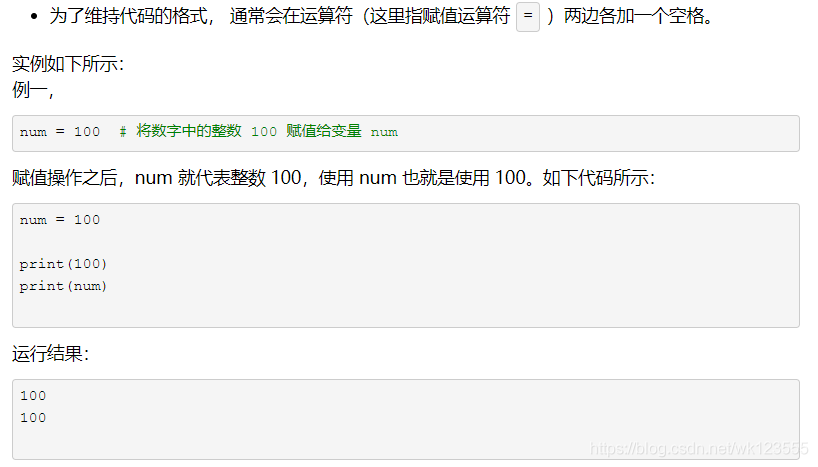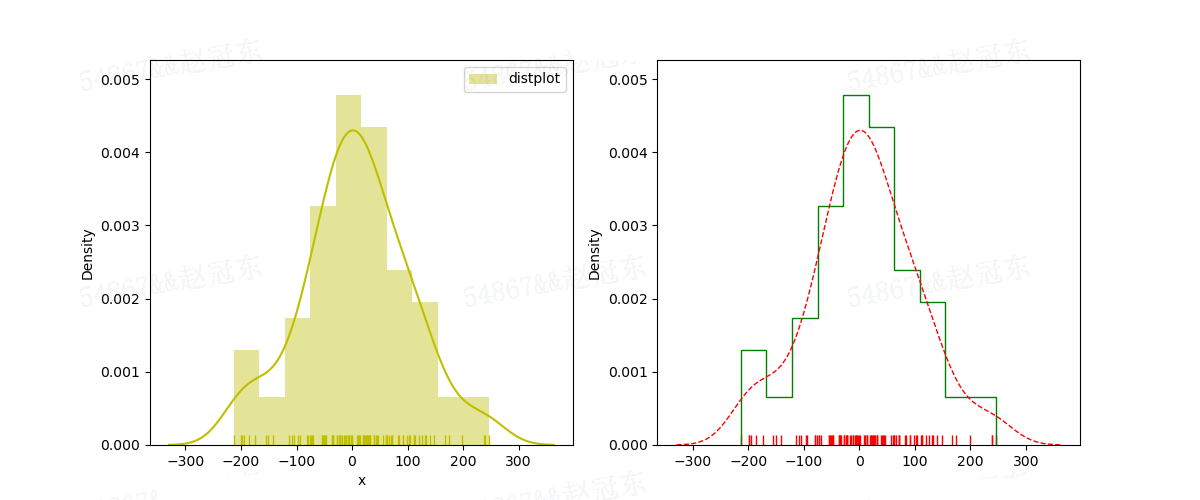1.open
使用open打开文件后一定要记得调用文件对象的close()方法。比如可以用try/finally语句来确保最后能关闭文件。
file_object = open('thefile.txt')
try:
all_the_text = file_object.read( )
finally:
file_object.close( )
注:不能把open语句放在try块里,因为当打开文件出现异常时,文件对象file_object无法执行close()方法。
2.读文件
读文本文件
input = open('data', 'r')
#第二个参数默认为r
input = open('data')
读二进制文件
input = open('data', 'rb')
读取所有内容
file_object = open('thefile.txt')
try:
all_the_text = file_object.read( )
finally:
file_object.close( )
读固定字节
file_object = open('abinfile', 'rb')
try:
while True:
chunk = file_object.read(100)
if not chunk:
break
do_something_with(chunk)
finally:
file_object.close( )
读每行
list_of_all_the_lines = file_object.readlines( )
如果文件是文本文件,还可以直接遍历文件对象获取每行:
for line in file_object:
process line
3.写文件
写文本文件
output = open('data', 'w')
写二进制文件
output = open('data', 'wb')
追加写文件
output = open('data', 'w+')
写数据
file_object = open('thefile.txt', 'w')
file_object.write(all_the_text)
file_object.close( )
写入多行
file_object.writelines(list_of_text_strings)
注意,调用writelines写入多行在性能上会比使用write一次性写入要高。
到此这篇关于Python open读写文件实现脚本就介绍到这了。恋人间最让人感动的誓言:即使你混到捡破烂的份上,我们还要在一起。更多相关Python open读写文件实现脚本内容请查看相关栏目,小编编辑不易,再次感谢大家的支持!




